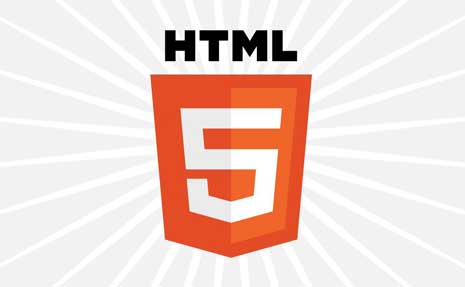There is an ARIA role called “presentation” in the WAI ARIA spec. With Twitter’s help, Denis Boudreau wrote this post about it.
This is how it started:
@goodwitch We need a really clear post on when to actually use role=“presentation”.
— Virginia DeBolt (@vdebolt) September 17, 2014
Then @jsutt took up the idea with this:
Anyone game? MT @vdebolt: We need a really clear post on when to actually use role=“presentation”.
— Jennifer Sutton (@jsutt) September 17, 2014
Denis Boudreau to the rescue!
@jsutt The post only needs to be this long: “Use it only when you really, purposefully want to strip away the HTML semantics.” /cc @vdebolt — Denis Boudreau (@dboudreau) September 17, 2014
@jsutt on 2nd thought, a caveat: If you’re unsure what purposefully stripping away semantics means, then you can never use it. /cc @vdebolt
— Denis Boudreau (@dboudreau) September 17, 2014
@dboudreau That’s a two bullet post. *That’s* what I call a simple post. @jsutt @vdebolt
— Adrian Roselli (@aardrian) September 17, 2014
As you see, this ARIA role has specific and limited use. I wasn’t sure where a front end developer who was only working with semantic HTML would even consider using it.
@dboudreau @jsutt Okay. So it’s used in apps more than in POSH docs. Now it’s starting to make some sense.
— Virginia DeBolt (@vdebolt) September 17, 2014
Oh, at last the light dawns. This is what developers building apps sometimes need to do. Even at that, go back to point one about only using it when you really know what you’re doing and are absolutely sure you want to strip an element of its semantics.
Denis draws us to a sensible conclusion.
@vdebolt Don’t like the output? Just change the markup instead of hiding the semantics under a presentation role. /cc @jsutt
— Denis Boudreau (@dboudreau) September 17, 2014
